The reduction in temperature can make clouds disappear. Satellites observing eclipses from Earth orbit have detected many examples. A 10-year study just published in Nature found that cumulus clouds begin dissipating when a mere 15 percent of the sun is covered. In some cases, clouds didn’t start to return until 50 minutes after maximum eclipse.
This could be good news for eclipse chasers in Mexico and Texas, where widespread cloudcover is expected on April 8th. The eclipse itself might help clear the sky. Stay tuned!
https://spaceweather.com/
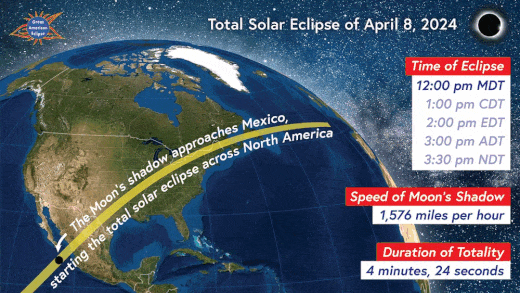
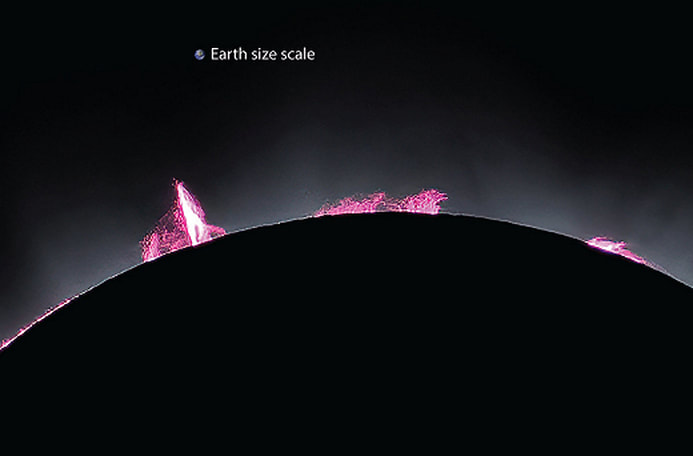
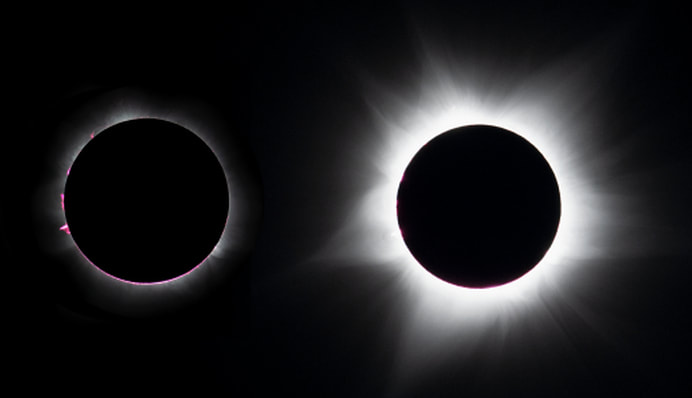
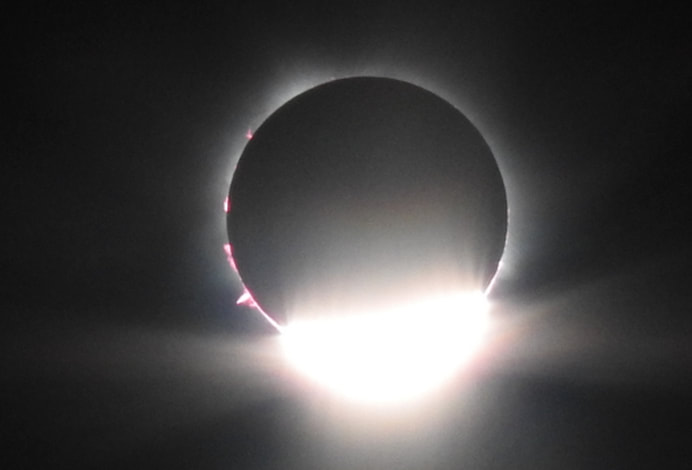
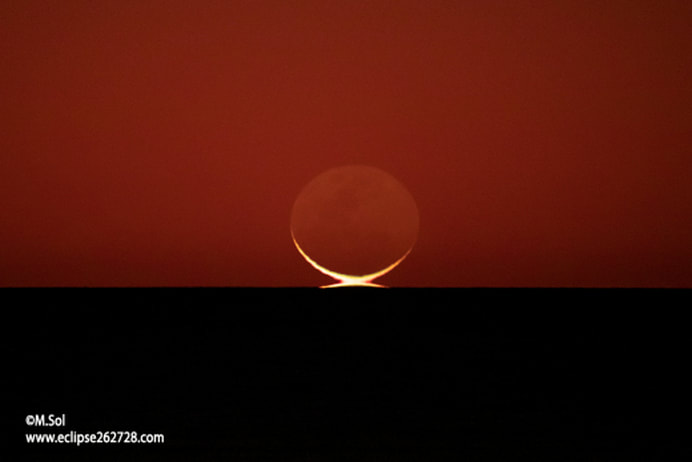
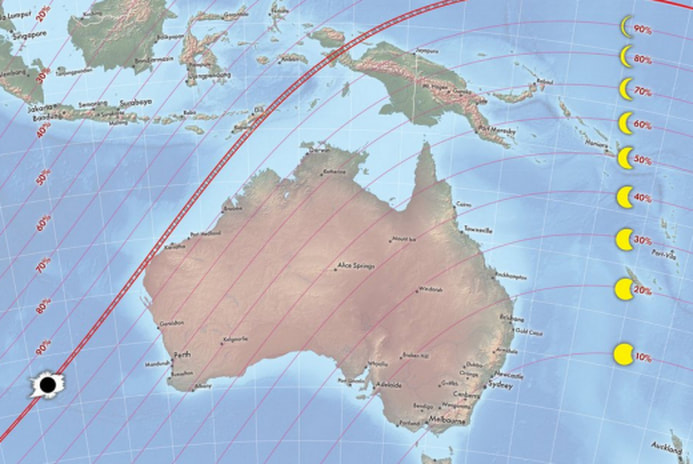
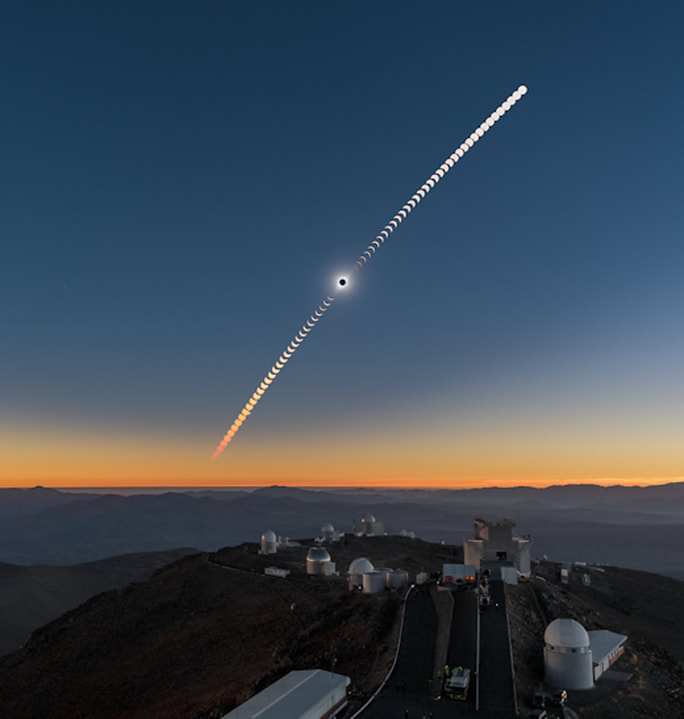
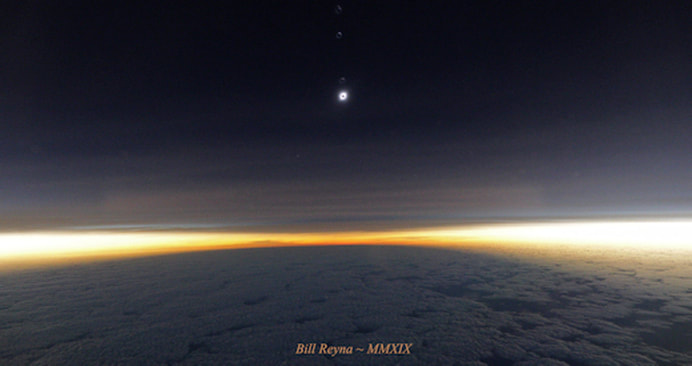
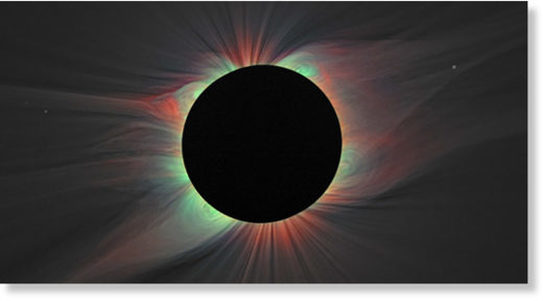
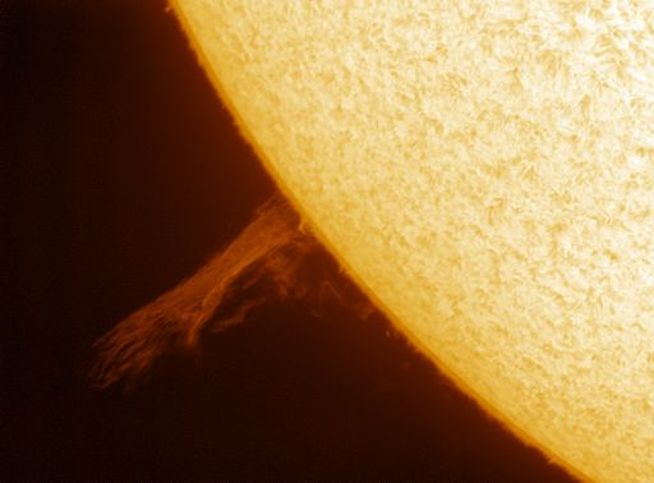
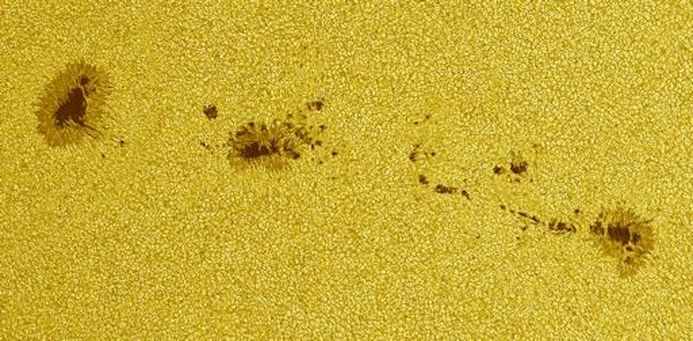
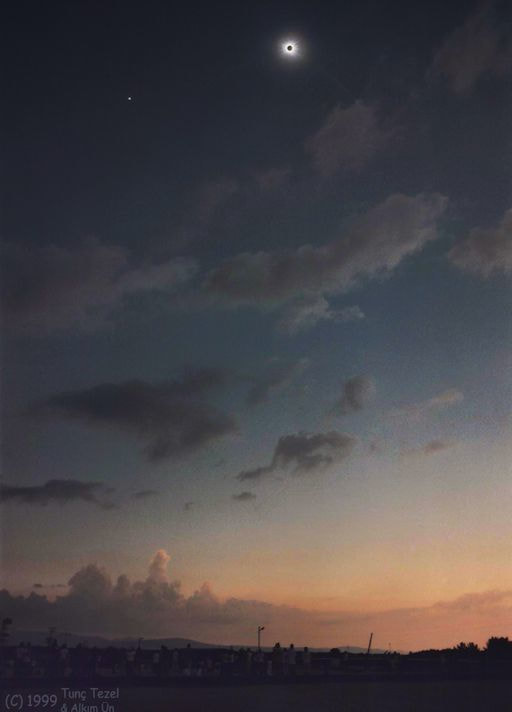
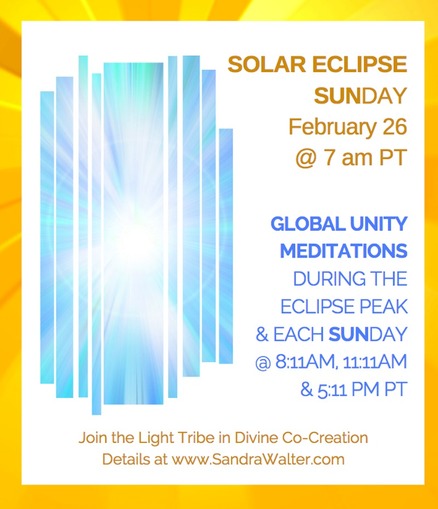
 RSS Feed
RSS Feed